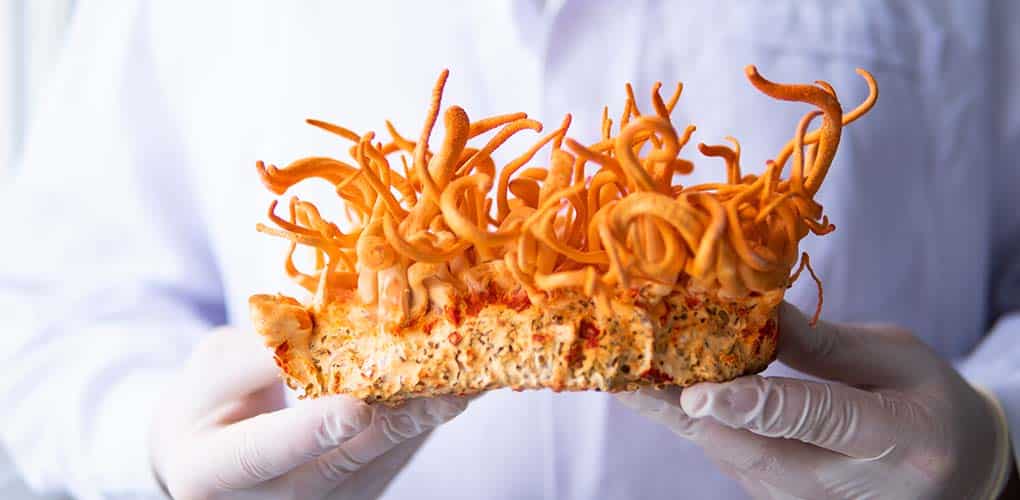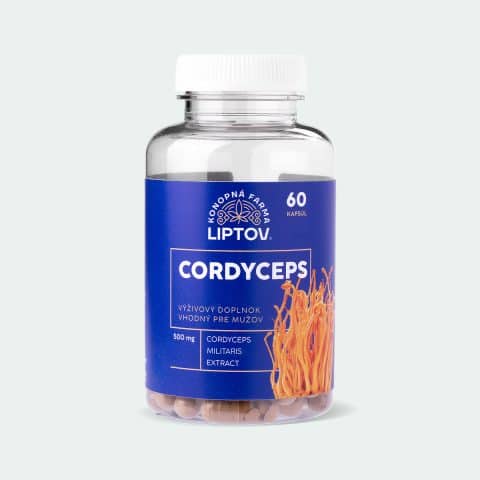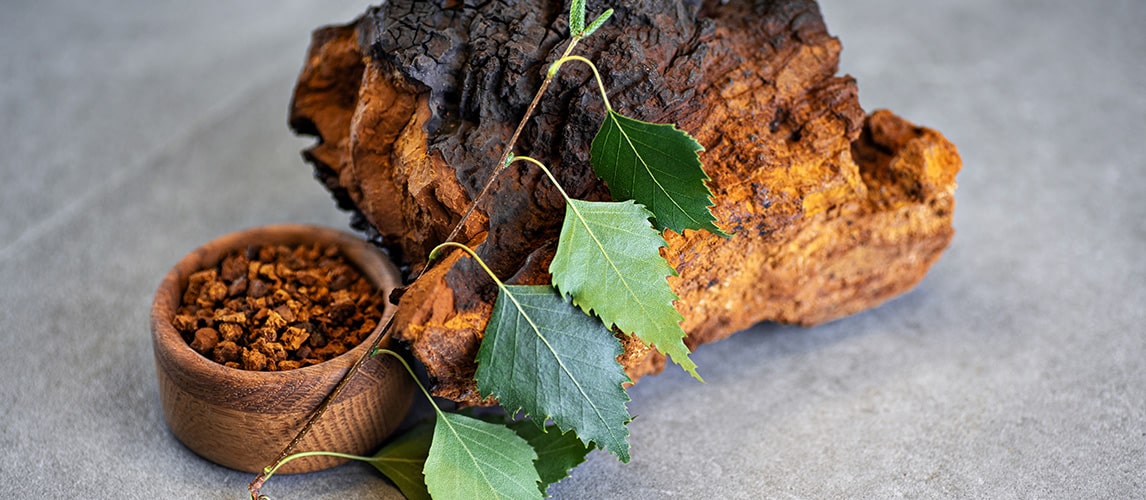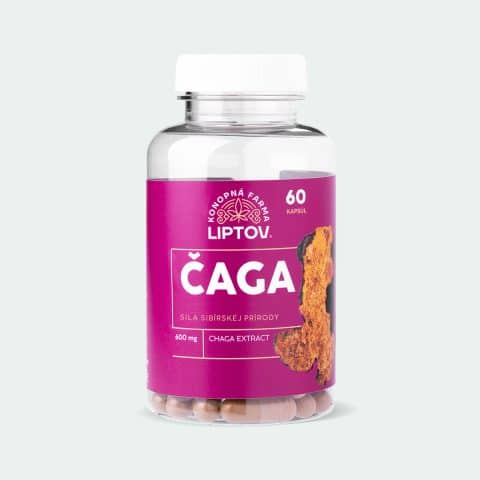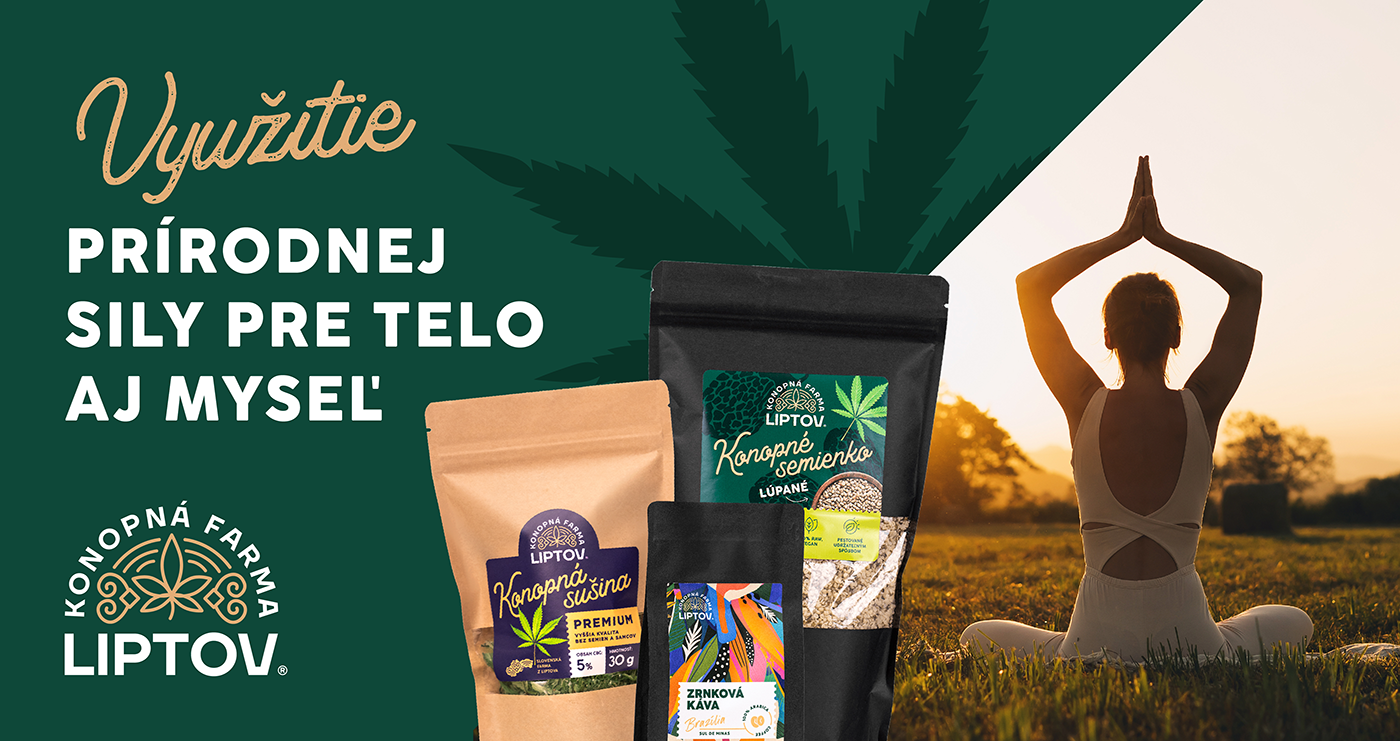Chaga, Cordyceps and Reishi – what do these strange words have in common?
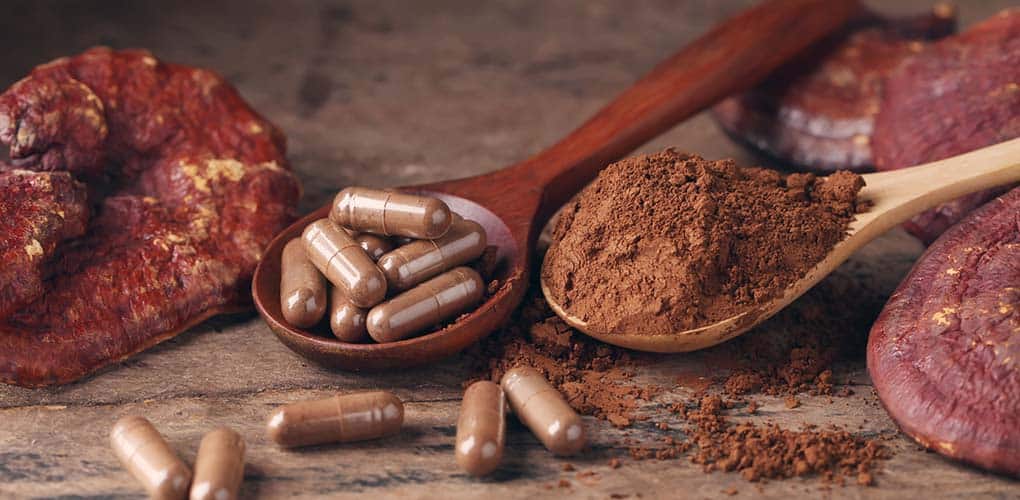
Maybe you’ve heard of them, maybe you haven’t, either way, let’s talk a little more about these strange sounding words. What is it, what is done with them and how can Siberian Chaga, Reishi and Cordyceps help us?
The excessive urbanisation of the last decades has significantly polluted the environment and caused oxidative stress in living organisms, which is reflected in the increasing incidence of metabolic disorders. Oxidative stress occurs when the body is deficient in antioxidants, and by replenishing them, the body is brought back into balance and cell damage by free reactive electrons is prevented. This is why there is a great demand for biologically active substances with antioxidants, which are actively sought in natural sources. It is known that higher plants are an excellent source of biologically active substances, i.e. antioxidants. However, we know from available studies that wood-destroying fungi, i.e. those that live on wood, are one of the best sources for this purpose and have been used for thousands of years in traditional Chinese, Japanese, Vietnamese and Korean medicine (1).
Cordyceps
Cordyceps is a medicinal fungus, also known as the Chinese caterpillar, which parasitizes the bodies of insects, most commonly the larvae of butterflies. It is native to Asia and belongs to the group of pocket fungi. It is most widespread in the Himalayas, where it thrives due to the fertile environment. Cordyceps has deep roots in traditional Chinese and Tibetan medicine, when it was attributed with positive effects on almost all diseases known at that time (4).
Based on today’s studies, we know that Cordyceps has the strongest effects in the treatment of diseases of the liver, kidneys, cardiovascular system, respiratory, reproductive and nervous system. The Nepalese used it to treat diarrhea, headaches or coughs. It is used for asthma, rheumatoid arthritis, bronchitis, tuberculosis, increases ATP production, slows aging and also serves as an antidepressant. It is high in antioxidants, unsaturated fatty acids, essential oils, B and K vitamins, carbohydrates and proteins. Cordyceps is also known for its antibacterial, anti-fungal, anti-inflammatory, anti-diabetic, anti-cancer, pro-sexual, immunomodulatory and anti-HIV effects. It is recommended to be taken by the elderly or athletes as it improves physical stamina (5).
-
Product on saleCordyceps – dietary supplement19,80 €
19,90 €
Maybe you’ve heard of them, maybe you haven’t, either way, let’s talk a little more about these strange sounding words. What is it, what is done with them and how can Siberian Chaga, Reishi and Cordyceps help us?
The excessive urbanisation of the last decades has significantly polluted the environment and caused oxidative stress in living organisms, which is reflected in the increasing incidence of metabolic disorders. Oxidative stress occurs when the body is deficient in antioxidants, and by replenishing them, the body is brought back into balance and cell damage by free reactive electrons is prevented. This is why there is a great demand for biologically active substances with antioxidants, which are actively sought in natural sources. It is known that higher plants are an excellent source of biologically active substances, i.e. antioxidants. However, we know from available studies that wood-destroying fungi, i.e. those that live on wood, are one of the best sources for this purpose and have been used for thousands of years in traditional Chinese, Japanese, Vietnamese and Korean medicine (1).
Siberian Chough (Inonotus obliquus)
As its name suggests, the Siberian Chaga is most commonly found in northern regions such as Canada, Russia, Siberia and the northern countries of Europe. It is a fungus parasitizing most commonly the birch tree, which also makes it rich in compounds such as betulin and betulinic acid. The latter are known for their health benefits in the fight against cancer, arthritis, diabetes, but also for their anti-microbial and hepatoprotective effects (they regenerate the liver) (1).
Chaga is well known in traditional medicine and has been used in Eastern Europe since the 12th century. It was prepared by leaching, inhalation or maceration to produce soap, which served as an antiseptic. In Russia, it has long been used to treat tumours and inflammation. It is said that the Prince of Kiev got rid of a tumour on his lips thanks to the use of chaga. In 1955, the Health Service of the Soviet Union entered a decoction of chaga in the local pharmacopoeia, on the assumption that it was thanks to its consumption in the gulags that the number of cancer cases in the population was reduced. It was also used to treat digestive disorders such as gastritis and ulcers, or to prevent heart and liver disease (2).
In a study from 2021, where they investigated various fungi growing in Russia on birch, Siberian Chaga was found to have the highest amount of antioxidants and antioxidant activity. It also contains polysaccharides, triterpenes, and polyphenols, which are likely responsible for most of the health benefits. Its extracts are still widely used today, especially in China, Korea, Japan, Russia and the Baltics, due to its beneficial health effects, for example on optimal heart function, and its antibacterial, anti-inflammatory, antioxidant and anti-tumor effects (1).
-
Product on saleChaga Siberian 60 capsules22,79 €
22,90 €
Reishi (Ganoderma lucidum)
You can find the reishi mushroom in our atlases under the name Forest Bark Beetle. In nature, it primarily parasitizes oaks, maples, or dead wood. It can most often be spotted on stumps, fallen trunks or at the roots of living trees. It thrives most in warm tropical climates such as the subtropical regions of the Orient, but is widespread throughout the world. Although it is classified as an inedible mushroom in this country, reishi is one of the best-known medicinal mushrooms in the world. It is a naturally shiny, large and dark mushroom with a woody texture (3).
Reishi has been used in traditional medicine for over 2000 years and is attributed with various health benefits. According to the State Pharmacopoeia of the People’s Republic of China, it is supposed to calm the mind, relieve cough and asthma and is also recommended for dizziness, insomnia, heart palpitations and shortness of breath. It has therapeutic effects, increases vital energy and strengthens heart function, improves memory and slows aging (3).
It can be consumed directly, but it is also sold as a nutritional supplement in powder, capsules or as a tea, also as hair tonics and syrups. It contains a large variety of bioactive molecules such as terpenoids, steroids, phenols, nucleotides, glycoproteins and polysaccharides. It is low in fat and the mushroom protein contains all essential amino acids. The 3 most important and active components are polysaccharides, peptidoglycans and triterpenes. These are known for their anti-inflammatory, hypoglycemic, anti-cancer, antioxidant, antibacterial, antiviral, and immunostimulant effects; they also protect the liver and stomach, regulate blood glucose, and help fight cancer (1).
So what do these mushrooms have in common?
If you’ve read this far, I’m sure you already know the answer. These three medicinal parasitic mushrooms have a rich history in traditional natural medicine, particularly in Asia, where they have been used for a large variety of health problems. Each of them is rich in antioxidants, have anti-inflammatory and antibacterial properties and, most importantly, can also help with certain types of cancer. They are also excellent helpers for liver, kidney, heart and respiratory diseases. As with all natural remedies, studies are scarce and experts should always be consulted before taking them.
Sources:
(1) Alexander A Ermoshin et al. (2021) Antioxidant Activity and Chemical Composition of Extracts from Fruiting Bodies of Xylotrophic Fungi Growing on Birch. Journal of Siberian Federal University. Biology. [Online] 14 (3), 339-353.
http://elib.sfu-kras.ru/bitstream/handle/2311/144321/08_Ermoshin.pdf;jsessionid=0BCF015749F207504F5468A50336288C?sequence=1
(2) Géry, A. et al. (2018) Chaga (Inonotus obliquus), a Future Potential Medicinal Fungus in Oncology? A Chemical Study and a Comparison of the Cytotoxicity Against Human Lung Adenocarcinoma Cells (A549) and Human Bronchial Epithelial Cells (BEAS-2B). Integrative cancer therapies. [Online] 17 (3), 832-843.
https://www.ncbi.nlm.nih.gov/pmc/articles/PMC6142110/
(3) Benzie, I. F. F. & Wachtel-Galor, S. (2011). Genoderma lucidum (Lingzi or Reishi). Herbal medicine: biomolecular and clinical aspects. vol. 28. CRC Press. https://www.ncbi.nlm.nih.gov/books/NBK92757/
(4) Cordyceps, Caterpillar (video) Lekarnik.online https://www.youtube.com/watch?v=umnXxaFC_Fk
(5) Tuli, H. S. et al. (2013) Pharmacological and therapeutic potential of Cordyceps with special reference to Cordycepin. 3 Biotech. [Online] 4 (1), 1–12. https://link-springer-com.ezproxy.is.ed.ac.uk/article/10.1007/s13205-013-0121-9
Products in the article:
-
Product on saleCordyceps – dietary supplement19,80 €
19,90 € -
Product on saleChaga Siberian 60 capsules22,79 €
22,90 €
